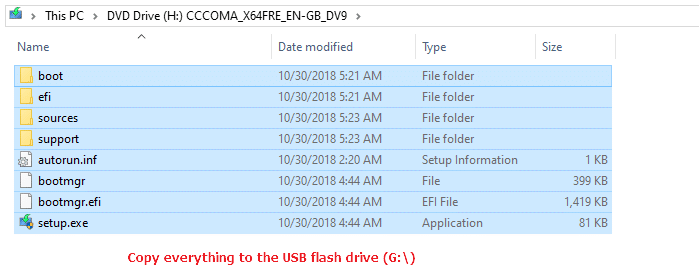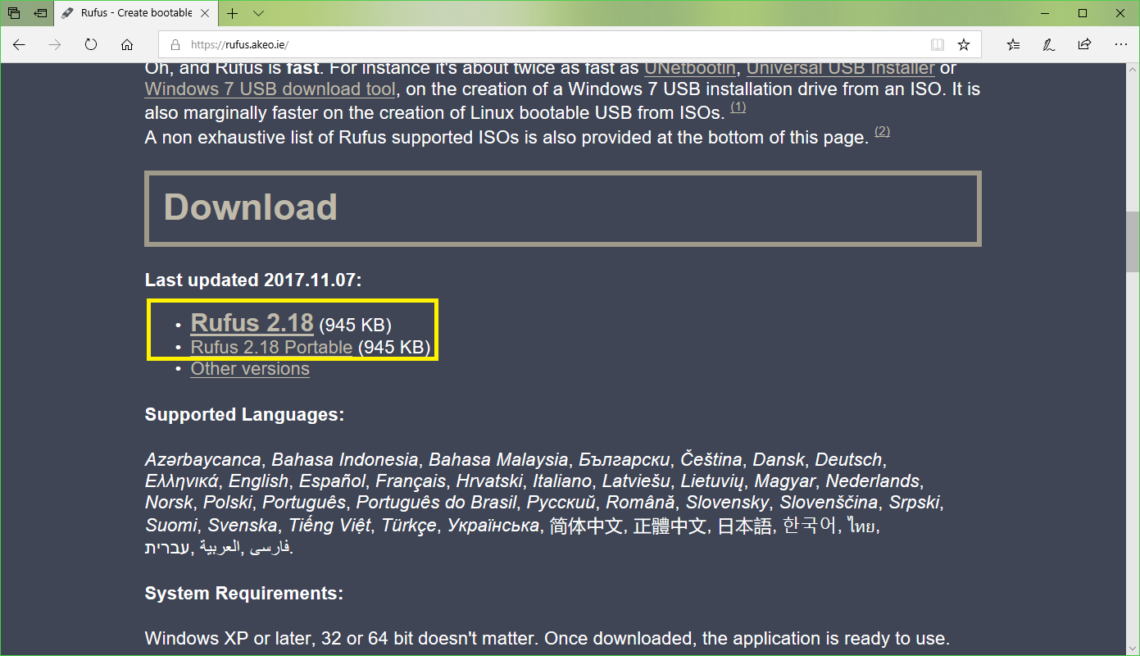

- #Rufus usb tool how to use for windows 10#
- #Rufus usb tool how to use windows 10#
- #Rufus usb tool how to use software#
- #Rufus usb tool how to use iso#
If you happen to encounter this error, try using another USB device. Device eliminated because it appears to contain no media Hence, using an external cable/connector to plug in a high speed 3.0 USB is not recommended.
#Rufus usb tool how to use iso#
To fix this RUFUS problem,īesides, if the error pops up during the ISO extraction process, this might be due to a bad USB connection.

Further, this error is likely to come up during the USB formatting process. This type of error can happen if there is automounting disabled for the USB device. Mainly, this error indicates a hardware problem where the USB is not connected correctly. You might run into some issues when making bootable USB from ISO using Rufus Error: The device is not ready. Troubleshooting RUFUS Problems and Errors Consequently, a window popup will appear asking you to choose whether to download the newer files from the server or to continue using the ones in the application. So, Go check UEFI, BIOS, GPT, MBR – What’s the Difference? to know everything that you need to know about that topic.įurthermore, if you want to know the recommended settings for each of the partition scheme, we will list the same below.Īnother thing to look for in the case of Creating Linux Boot media is that RUFUS will check for updated Syslinux/GRUB files. Fortunately, We have written a whole article explaining just those. UEFI is much more capable than Legacy BIOS. Barring old hardware, most of the newer machines come with UEFI (Unified Extensible Firmware Interface).
#Rufus usb tool how to use software#
For those of you who would like to know your hardware better, we’ll have a brief look.īasically, the two types of low-level software that are the first to run when a computer starts are UEFI and BIOS.
#Rufus usb tool how to use windows 10#
Usually, the default settings would be enough, and you can start the process of Creating your Windows 10 USB or Linux USB boot media. Finally, when everything is complete, you will have your Boot device ready. Then, Click on Start and in the subsequent window popup, click on OK to confirm erasing the content and format the drive. Probably, the process would not take more than a few minutes. Choose Disk or ISO Image and click select to browse to the Linux ISO file.

The latest version of this ISO to USB media application (Rufus-3.1 and above) provides options for Non-Bootable, FreeDOS and Disk or ISO images. Next, browse to the Windows 10 ISO or any other ISO files that you would like to create a Bootable Windows 10 USB media for. As you may know, various hardware and Operating system ISO files require different settings so make sure you specify them accordingly.
#Rufus usb tool how to use for windows 10#
This free USB media creation tool for Windows 10 and Mac can create USB Bootable media from ISO files devices with different settings like partition schemes, Cluster size, and file system.

USB Drives are the most convenient go-to devices nowadays when the need to prepare a Bootable media arises.


 0 kommentar(er)
0 kommentar(er)
